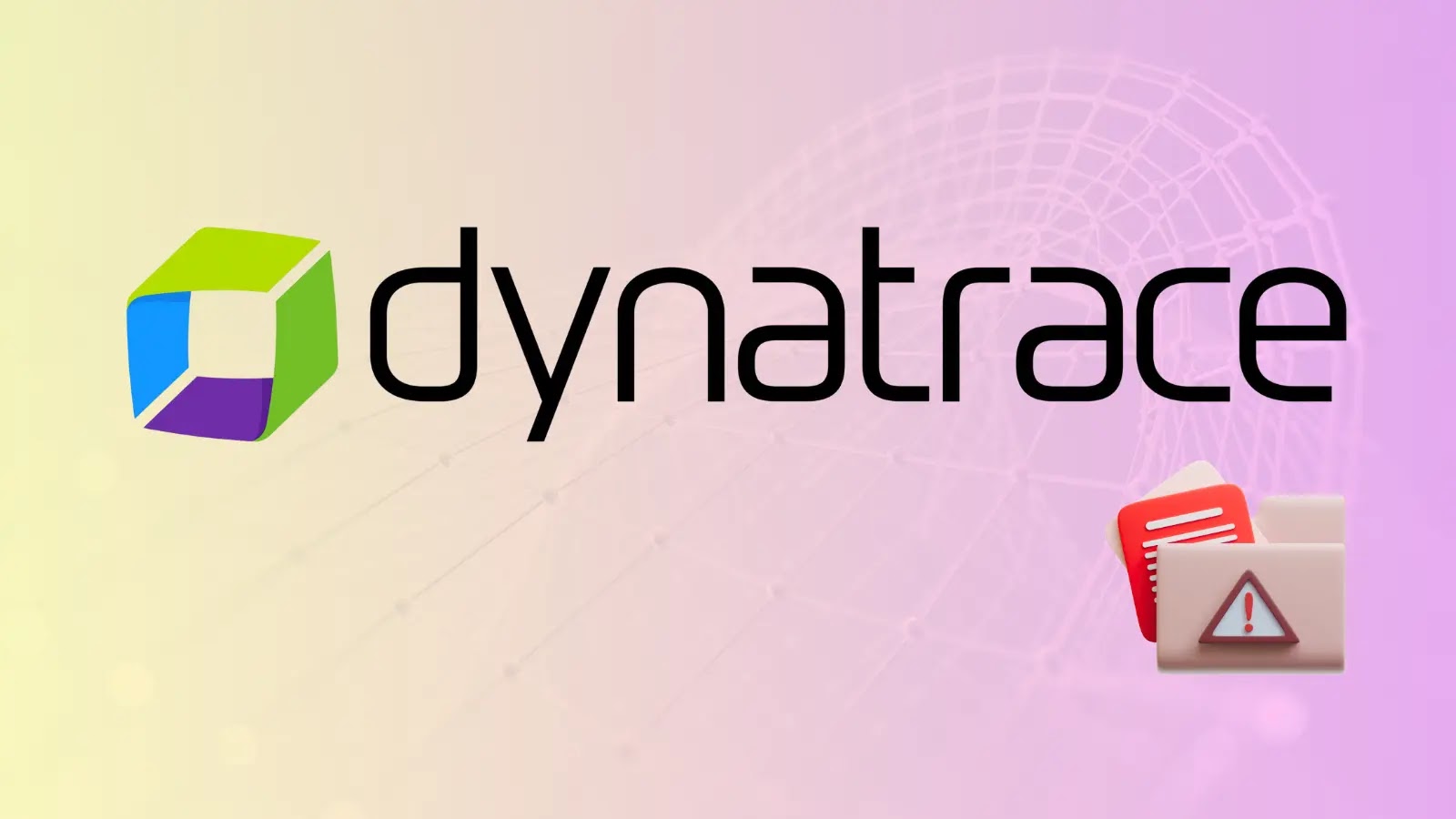
Dynatrace Confirms Data Breach: Hackers Accessed Customer Data From Salesforce
In an increasingly interconnected digital landscape, the security of third-party applications has emerged as a critical vulnerability point for organizations worldwide. Recent events have underscored this reality, with Dynatrace, a leading observability platform provider, confirming a data breach stemming from a third-party application. This incident highlights the profound impact supply chain risks can have on even the most security-conscious enterprises.
Understanding the Dynatrace Data Breach Incident
Dynatrace recently disclosed that it was affected by a data breach originating from a third-party application: the Salesloft Drift application. This breach led to unauthorized access of customer business contact information. Crucially, the compromised data was stored within Dynatrace’s Salesforce CRM platform, not within its core product infrastructure.
The company has provided assurances that the incident was isolated to its CRM environment. This means that Dynatrace’s core products, services, and sensitive customer data, such as product telemetry data or intellectual property, remained unimpacted. The breach was limited to business contact details. While specific details on the number of affected customers or the precise nature of the accessed contact information haven’t been fully disclosed, the confirmation of unauthorized access warrants attention for any organization utilizing third-party services.
The Salesforce CRM and Salesloft Drift Connection
The incident’s focal point is the interaction between Dynatrace’s Salesforce CRM and the Salesloft Drift application. Salesforce, as a ubiquitous CRM platform, often integrates with numerous third-party tools to enhance sales, marketing, and customer service operations. Salesloft Drift is one such application, designed to facilitate sales engagement and conversational marketing.
The breach originating from the “Salesloft Drift application” implies a vulnerability or misconfiguration within this specific third-party integration that allowed unauthorized access to data stored in Salesforce. This scenario is a classic example of how a weakness in one component of the software supply chain can cascade into a breach for a seemingly secure primary system.
Lessons from Third-Party and Supply Chain Breaches
The Dynatrace incident serves as a salient reminder of the persistent and evolving threat posed by third-party and supply chain vulnerabilities. Modern businesses rely heavily on a vast ecosystem of software vendors, cloud providers, and integrated applications. Each integration point introduces potential risks:
- Expanded Attack Surface: Every new third-party integration expands an organization’s digital attack surface, creating more entry points for malicious actors.
- Interconnected Risk: A security flaw or breach in a single third-party vendor can directly impact all their clients, creating a domino effect.
- Data Stewardship: Organizations must understand and vet how their data is handled, stored, and accessed by every third party they engage with.
- Complex Oversight: Monitoring and ensuring the security posture of dozens or hundreds of third-party vendors is a significant operational challenge.
Remediation and Mitigation Strategies for Organizations
While Dynatrace has indicated the breach was contained and did not affect core systems, organizations – both those potentially impacted and others looking to bolster their defenses – should consider robust remediation and mitigation actions:
- Comprehensive Vendor Risk Management (VRM): Implement or strengthen a VRM program that includes in-depth security assessments of all third-party software and service providers. This should cover their security certifications, incident response plans, and data handling practices.
- Least Privilege Access: Ensure that third-party applications, especially those integrated with critical systems like CRMs, are granted only the absolute minimum permissions necessary to function. Regularly review and revoke unnecessary access.
- API Security and Monitoring: For applications that interact via APIs, implement stringent API security measures, including authentication, authorization, rate limiting, and continuous monitoring for unusual access patterns.
- CRM Security Best Practices: Adhere to and regularly audit strict security configurations within CRM platforms like Salesforce. Utilize features such as multi-factor authentication (MFA), IP range restrictions, and robust user role management.
- Data Minimization: Store only the essential customer data required for business operations. Minimize the amount of sensitive information handled by third-party applications wherever possible.
- Incident Response Planning: Develop and regularly test incident response plans specifically tailored for third-party breaches. This includes clear communication protocols, data breach notification procedures, and forensic investigation capabilities.
- Employee Security Awareness: Train employees, especially those managing or integrating third-party tools, on the risks associated with unsecured applications, phishing attempts, and proper credential hygiene.
Tools for Third-Party Risk Management and API Security
Effective management of third-party and API security requires specialized tools. Here’s a brief overview:
| Tool Name | Purpose | Link |
|---|---|---|
| ThirdPartyTrust | Vendor risk management automation | https://www.thirdpartytrust.com/ |
| Onspring | GRC and third-party risk management | https://onspring.com/ |
| Salt Security | API security and runtime protection | https://salt.security/ |
| Noname Security | API security platform for discovery, posture, and runtime protection | https://nonamesecurity.com/ |
| Salesforce Health Check | Native Salesforce security assessment tool | N/A (built-in Salesforce feature) |
Conclusion
The Dynatrace data breach, originating from the Salesloft Drift application and impacting Salesforce CRM data, underscores a crucial cybersecurity imperative: the need for relentless vigilance over the entire digital supply chain. While the incident was contained to customer business contact information and did not compromise Dynatrace’s core products, it serves as a powerful reminder for all organizations. Proactive third-party risk management, stringent access controls, vigilant API security, and a robust incident response framework are not mere recommendations; they are essential pillars of modern cybersecurity defense. Protecting customer data in an interconnected world demands comprehensive security beyond one’s own infrastructure, extending to every partner and integration point.





